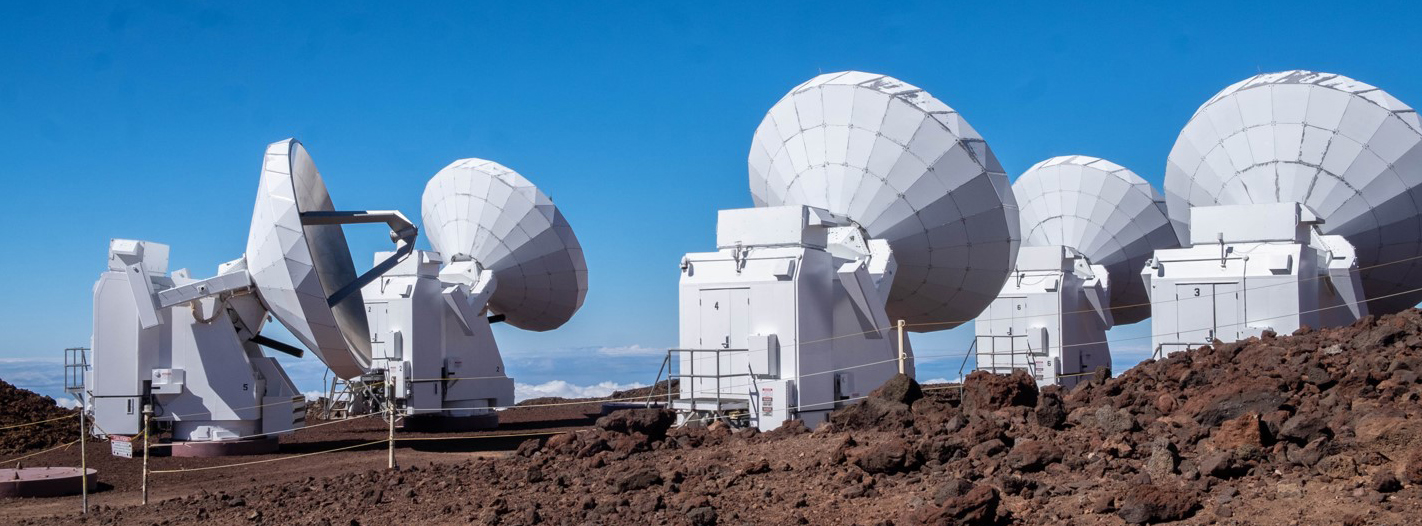TREX – Day 5: Mauna Kea!

REX Day 5: Mauna Kea!
Today, we drove up Mauna Kea, the second-highest mountain on the island. At the top, there was none of the heat nor humidity we have come to expect here. Howling winds made it difficult to hear and tore the heat straight from our bodies, while sending clouds of dust up to spiral through the air. Many us began to feel ill, unsurprising at 13,000 feet. What few plants existed were shrubs scattered haphazardly across the landscape. It was a strong reminder of the many different climate zones that Hawaii Island can experience.
What is especially interesting about the Big Island is the range of climates that it contains within such a small area. Due to its tropical location, the low-altitude areas are typical of what one thinks of when Hawaii pops into mind. However, due to a pair of very large mountains, there is a rain shadow across part of the island, creating more desert-like conditions in that area. And as you move up these mountains, the temperature drops, creating even more variety. Of the 13 climate zones on Earth, Hawaii Island contains 8 of them. In such a small space, that really is a tremendous amount of change.

Landscape photo of Mauna Kea from a sub-peak.
Mauna Kea is tall enough to place its peak well above the lower cloud levels. This makes it ideal for looking into space. A series of telescopes and other astronomers’ tools litter the many small peaks that exist as small hills atop the goliath. We toured one of these, the submillimeter array, as part of our visit. They showed us around the facilities and gave us a brief overview of what the machines did. I was suffering from mild altitude sickness and didn’t catch a lot of what was said, unfortunately, but essentially the array is a series of telescopes that observe submillimeter wavelengths. This can help identify objects in space using radiation to determine temperature. Don’t ask me how these things correlate; I couldn’t tell you.

One of eight telescopes that constitute the submillimeter array. The disk spans 6 meters (20 feet) in diameter. [Photo by Sierra Rosenzweig ‘20]
We also went inside the visitor’s center at the Keck Observatory. Many things were closed due to the shutdown, so we were confined to a small gallery and viewing area. Fun fact about the telescope: It weights 300 tons but is floating on a layer of oil four thousandths of an inch thick. A mere 10 pounds of effort at the top—well within the strength limit of a small child—can move the telescope.

Inside the Keck Observatory. [Photo by Sierra Rosenzweig ‘20]
The day ended with a pastel sunset drifting below the clouds. Driving down in the fading light felt as precarious as it was beautiful, but we lived to tell our tale. All traces of headache and nausea died off upon descent, and we went to bed as well as ever.

Sunset from atop Mauna Kea. [Photo by Sierra Rosenzweig ‘20]



